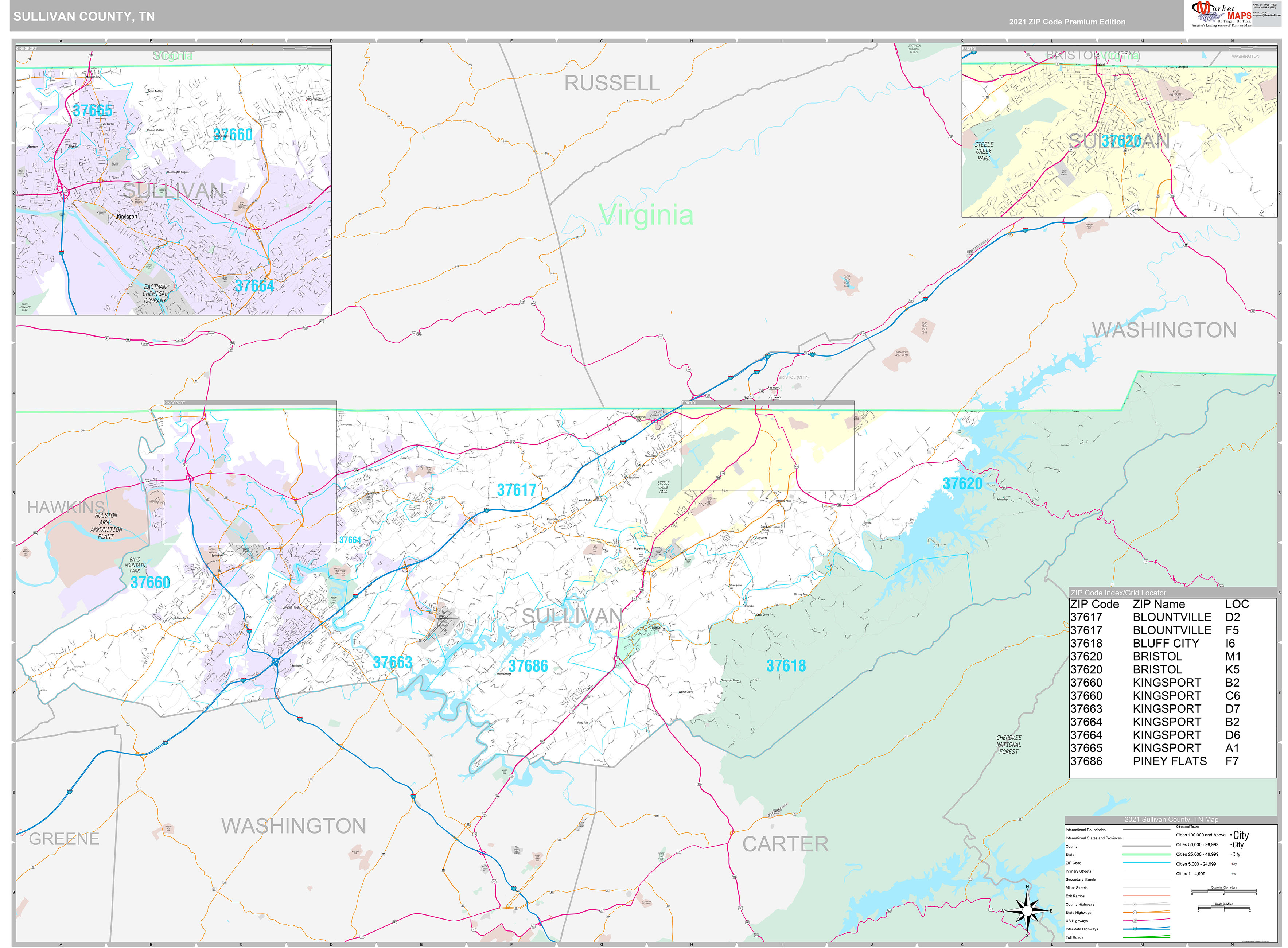
On November 5, 1768, a treaty of cession was made at Fort Stanwix, N. During the next ten years many hunting and exploring expedition parties traversed the Holston Valley, but no permanent settlements were made as low down as the present Tennessee line, until late in 1768 or early in 1769. At this time a few settlers located in the vicinity, but they were soon compelled to retire to east of the Kanawha. Bird, in the autumn of 1758, and was occupied by them during the following winter. The fort on the Holston River opposite the upper end of Long Island, an account of which is given in another chapter, was built by a regiment of British troops under Col. Some local antiquarians, however, assert that a much earlier date is the correct one, but they offer little satisfactory evidence to support their assertions. The date at which the first permanent settlements were made in Sullivan County is placed by Haywood and Ramsey at 1769. Its chief tributaries are Sinking Creek, Beaver Creek, Fall Creek, Kendrick Creek, Muddy Creek and Reedy Creek. It then runs in a north westerly direction to its confluence with the North Fork at Kingsport. The largest stream is the Holston River, which traverses the eastern portion of the county, flowing in a south westerly course until it reaches the Washington County line where it is joined by the Watauga. The principal valleys are Denton, Holston Cook and Beaver Creek. The surface of the county is undulating, and the soil generally good.


SULLIVAN COUNTY lies on the Virginia border immediately west of Johnson County from which it is separated by the Holston Mountain. The Goodspeed Publishing Company, Chicago and Nashville, 1887 SULLIVAN COUNTY : named for General John Sullivan See Current Kingsport Tennessee County Clerk and Government Information History of Tennessee :: Sullivan County :: Kingsport

Discover Kingsport :: Sullivan County :: Image Library :: Tennessee


 0 kommentar(er)
0 kommentar(er)
